Lonesome Llama Activity
Lonesome Llama is an excellent first day of school activity/first week of school activity to teach students how to effectively communicate in a group. The activity is from IMP (Interactive Mathematics Program)

Looking for more first day of school activities and puzzles for your classroom? I have a giant blog post dedicated to 40+ activities for the first week of school.
Here’s a few examples of some of these engaging activities for the beginning of the school year.
Groups of students are provided with a deck of cards. Each card features a different llama’s house. Students must work together to figure out which llama’s house is unique. In other words, the goal of the task is to identify the singleton card which does not have a match.
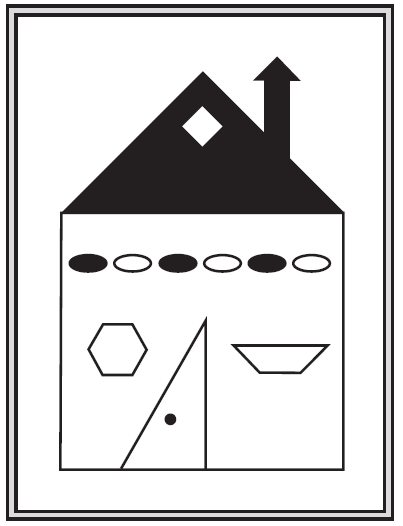
When I have used the Lonesome Llama Activity with students, it has been a bit of a struggle for them. I typically allot a bit over thirty minutes for this activity. Sometimes groups are successful. I have had groups of students give up.
Often students don’t realize just how careful and precise they have to be with their language and description in order to be successful at this activity.
The Lonesome Llama cards are intentionally designed to be very tricky. Can you spot the difference between this card and the card shared above? Would your students spot all the differences?
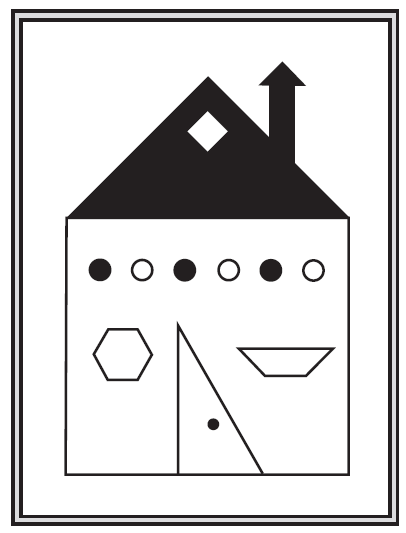
You might be thinking, “Of course, my students can tell the difference between circles and ovals!” Did you also spot that the triangular doors are facing different ways? There is a key element of this activity that I haven’t specified yet that makes it just that much trickier.
There are 46 cards in the lonesome llama deck. Each card has four varying characteristics. Either the cards will feature circles or ovals. They will have either a hexagon or an octagon on the left-hand side. The trapezoid on the right-hand side will either point up or down. Finally, the triangular door will have the hypotenuse on either the left or the right.
I’ve received several questions asking how there can be a singleton card when there are an even number of cards in the deck. This is possible because some of the cards show up in the deck 2 times. Others show up 3 or 4 times.
I have made it easier on teachers to check if students have found the correct singleton card by uploading a picture of it in the downloads section below. I highly recommend any teacher spend time sorting the cards into groups on their own before doing the activity in order to get a better idea of how the activity works.
Students may only look at their own cards. One student’s hand may have ALL circles while another student’s hand may have ALL ovals. Thus, they may not realize that they need to be specific about what shape they have.
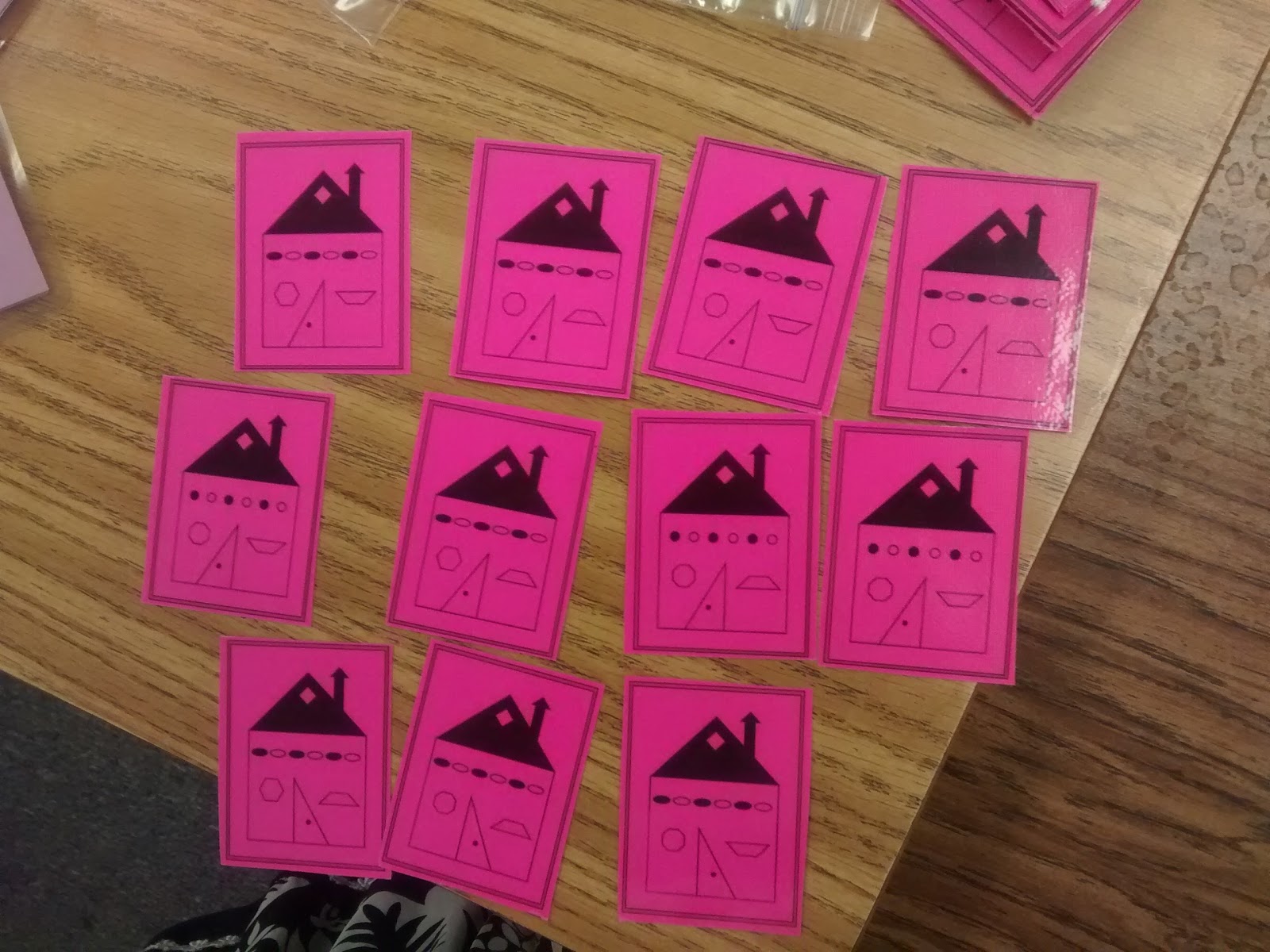
One of my groups got in major trouble when they failed to realize that some of the cards have octagons while other cards have hexagons.

Lonesome Llama Introduction
I introduce the Lonesome Llama Activity to my students with this story:

In the land where llamas run free, llamas live in fancy houses decorated with wonderful shapes. Most llamas live in houses that look like the house of at least one other llama. Llamas who live in identical houses tend to play together.
One llama, however, has a house different from all the rest. This means this llama is left all alone. If you can help find the lonesome llama, perhaps you can introduce that llama to others.
Lonesome Llama Instructions
- Give each group a deck of lonesome llama cards. I print each deck on a different color of paper so if I find a lost card on the ground it can be easily reunited with its deck.
- Have one student in each group shuffle the cards and deal them evenly between the group members.
- Each student may only look at their own cards.
- Students may describe their cards in words to the other students, but they cannot let another student see their cards.
- Students may not trade cards.
- Students may not draw pictures or diagrams.
- If a student discards a card, they must keep it in their own pile.
- Given these restrictions, groups must work together to find a way to determine which llama house does not have a match. Essentially, they are identifying the singleton card of the deck.
- The task ends when the singleton card is identified, even if the identified card is incorrect.
I created a Lonesome Llama task card to give to each group with the instructions and expectations of the activity.

This activity was intended to practice the following classroom groupwork norms:
- Make a plan
- Agree on strategies
- Describe accurately and carefully
Other activities I have shared in the past to teach groupwork norms at the beginning of the school year include Broken Circles, Two Buckets Puzzle, Guess My Rule, and Rainbow Logic.

I created a Lonesome Llama Reflection Sheet to help groups debrief after the activity.

Free Download of Lonesome Llama Activity
Click here to Download
Lonesome Llama Task Card (PDF)
7111 downloads – 116.64 KB
Click here to Download
Lonesome Llama Reflection Sheet (PDF)
4856 downloads – 148.31 KB
Click here to Download
Lonesome Llama Cards (PDF)
7220 downloads – 177.07 KB
Click here to Download
Lonesome Llama Solution (PDF)
5678 downloads – 27.49 KB
Lonesome Llama (Editable Publisher Files ZIP)
2709 downloads – 646.49 KB
Click here to Download
Lonesome Llama Card Catalog (EXCEL)
2456 downloads – 9.52 KB
Other Similar Activities
Are llama houses not your thing? Stanford offers two very similar activities on their complex instruction website: Island Maps and Lots of Dots (must download zip file). Both versions involve challenging students to identify the singleton card.
Puzzle Solutions
I intentionally do not make answers to the printable puzzles and math activities I share on my blog available online because I strive to provide learning experiences for my students that are non-google-able. I would like other teachers to be able to use these puzzles in their classrooms as well without the solutions being easily found on the Internet.
However, I do recognize that us teachers are busy people and sometimes need to quickly reference an answer key to see if a student has solved a puzzle correctly or to see if they have interpreted the instructions properly.
If you are a teacher who is using these puzzles in your classroom, please send me an email at sarah@mathequalslove.net with information about what you teach and where you teach. I will be happy to forward an answer key to you.
Not a teacher? Go ahead and send me an email as well. Just let me know what you are using the puzzles for. I am continually in awe of how many people are using these puzzles with scouting groups, with senior adults battling dementia, as fun activities in their workplace, or as a birthday party escape room.






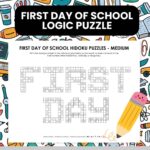







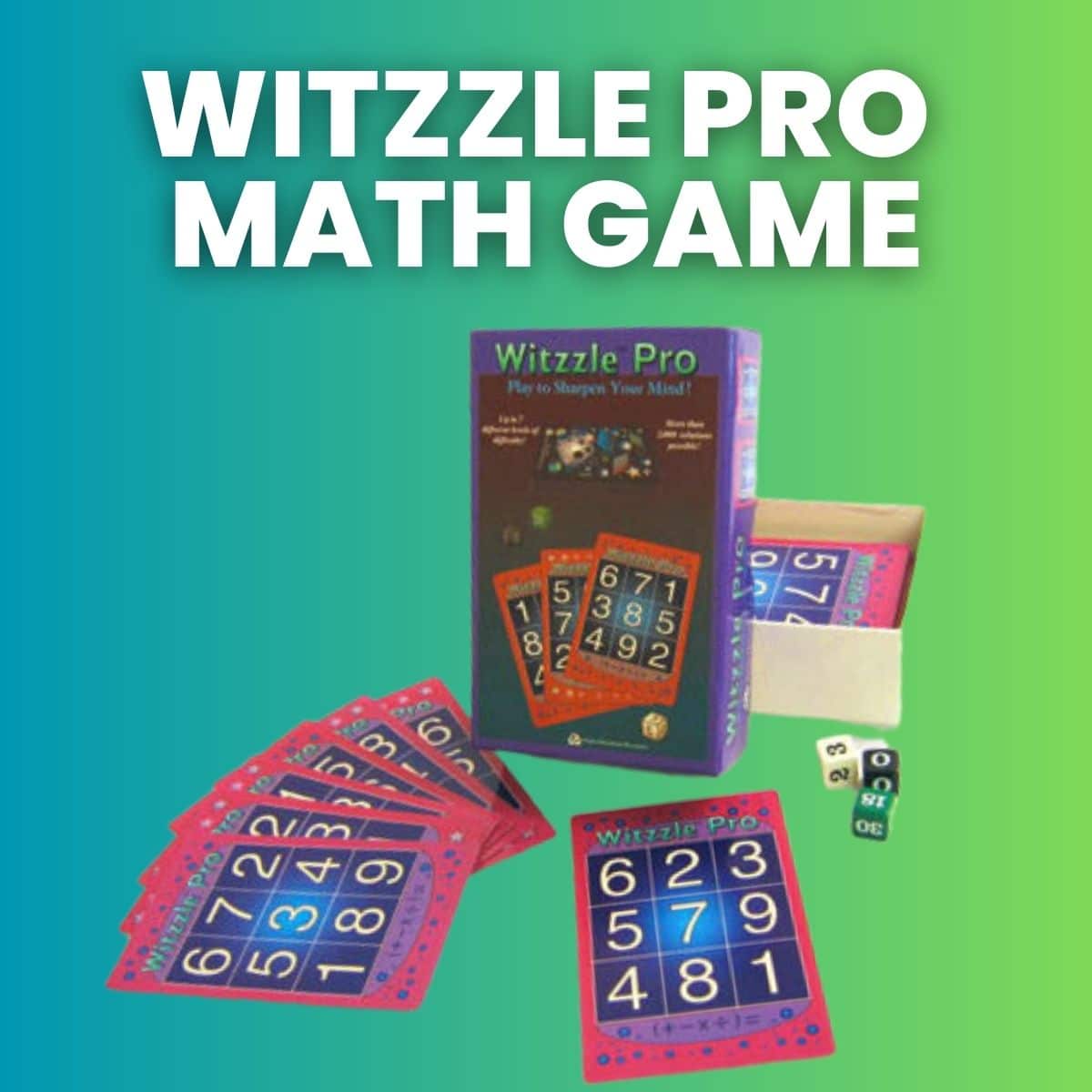

I’m excited to find these. What I’m not sure about, though, is how students will know that they’ve made a match… especially if they never show each other their cards. Or do they show them once they “think” they have a match? But then what if they’re wrong? Also, there must be more than one match in the llama game. How do they know this? Do you tell them? I started out assuming there was one match for each card, but clearly that can’t be the case if there are an even number of cards.
The cards actually come in the deck in groups of 2, 3, and 4 (well – except for the singleton card). I originally had the word “pair” written somewhere in the post, and I think that was causing everyone a lot of confusion. I fixed the post to hopefully help others avoid future confusion.
The overall goal of the activity is to get students talking and communicating with their group about what cards are in their hand. This is how they will determine which cards in their hands match other students cards and hopefully let them discover the singleton card.
They show the teacher the card once they think they have found the singleton. If they are wrong, you could end the activity there or you could let them try it again. That’s totally up to you and will probably depend on how much time you have to allot to the activity.
I have a couple of questions:
– Which card is the singleton card?
– How many cards do each student get?
Also, the task card states 36 cards but there are 46 cards in the pdf of the llama houses.
I edited the downloads section to include the singleton card. I also edited the file to change the wording from 36 to 46. Oops…
Just have the students deal out the cards as evenly as possible between the students in their group. Hope this helps!
If there are an even number of cards, how can there be a singleton?
Also, it mentions if you discard a card…why would you discard one and if you have matches in your hand, do you put them aside? I’m trying to get a sense of how they proceed once they have their cards
I hope you can answer these questions by Tuesday! Thank you in advance.
Some of the cards show up in the deck of groups of 2. Others are in groups of 3 or 4 identical cards.
When I have done this in the past, students have discarded cards from their hand once they have confirmed with other members in the groups that they have identical cards. The students discard the cards because they know they are not the singleton. Of course, this can be a dangerous strategy because students may later find another identical card but not realize it since they have discarded its mates.
Hope this helps! I have uploaded a picture of the singleton card in the downloads section so you can make sure that students have found the correct card.